While as a rule I am open to experimentation in photography, I have not dealt much with expired films, despite my admiration for the results many photographers are able to coax from them. At the core this speaks to a kind of conservativism within me, an anxiety about things outside my control. Given the large number of variables present even when changing from one modern film stock to another, I have shied away from introducing a further wild card in the form of emulsions whose expiration dates — and general reliability — are long past.
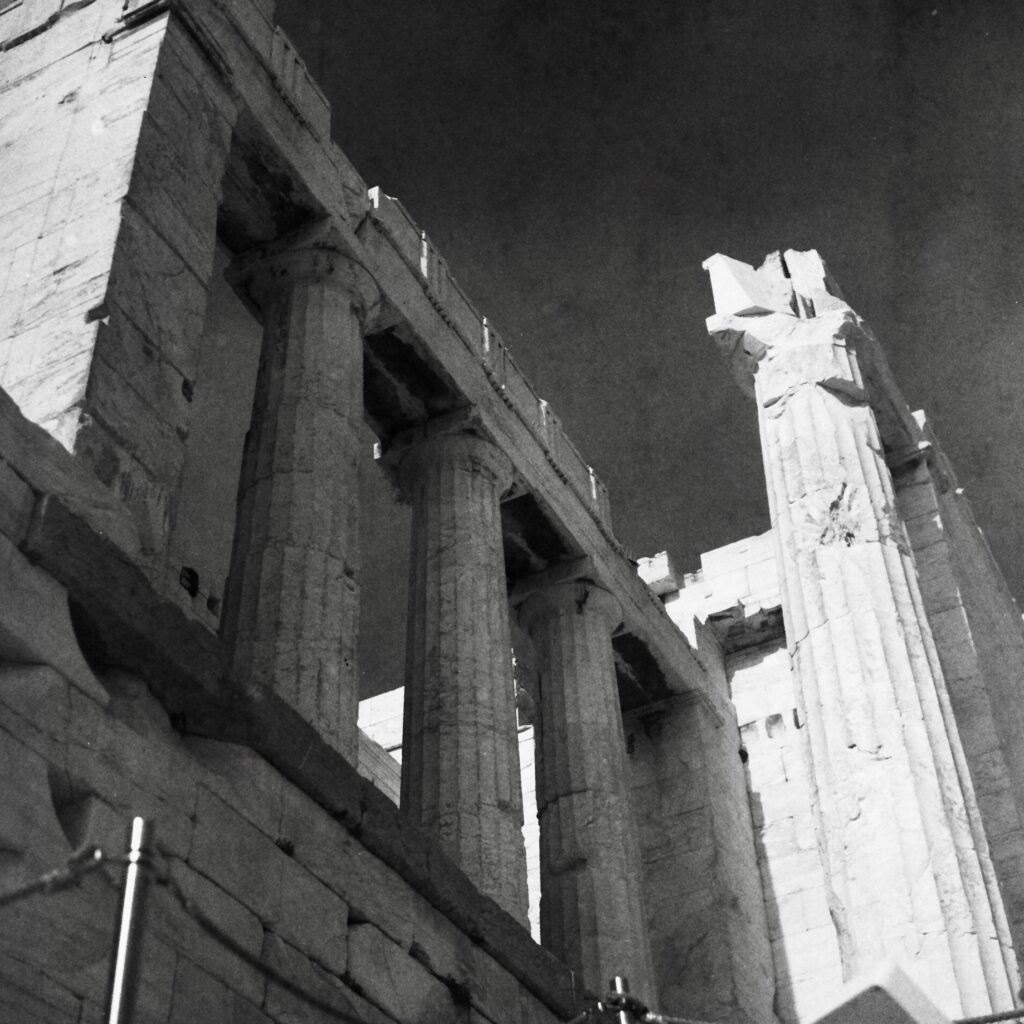
This reluctance changed during a recent family vacation to Greece, when a young Bulgarian photographer, spying the Rolleiflex around my neck, approached me to chat. Almost as an afterthought as we were saying goodbye, he handed me a roll of Orwo NP 22, an East German film (expiration date 1991) that until the fall of the Berlin Wall was common in Eastern Europe.
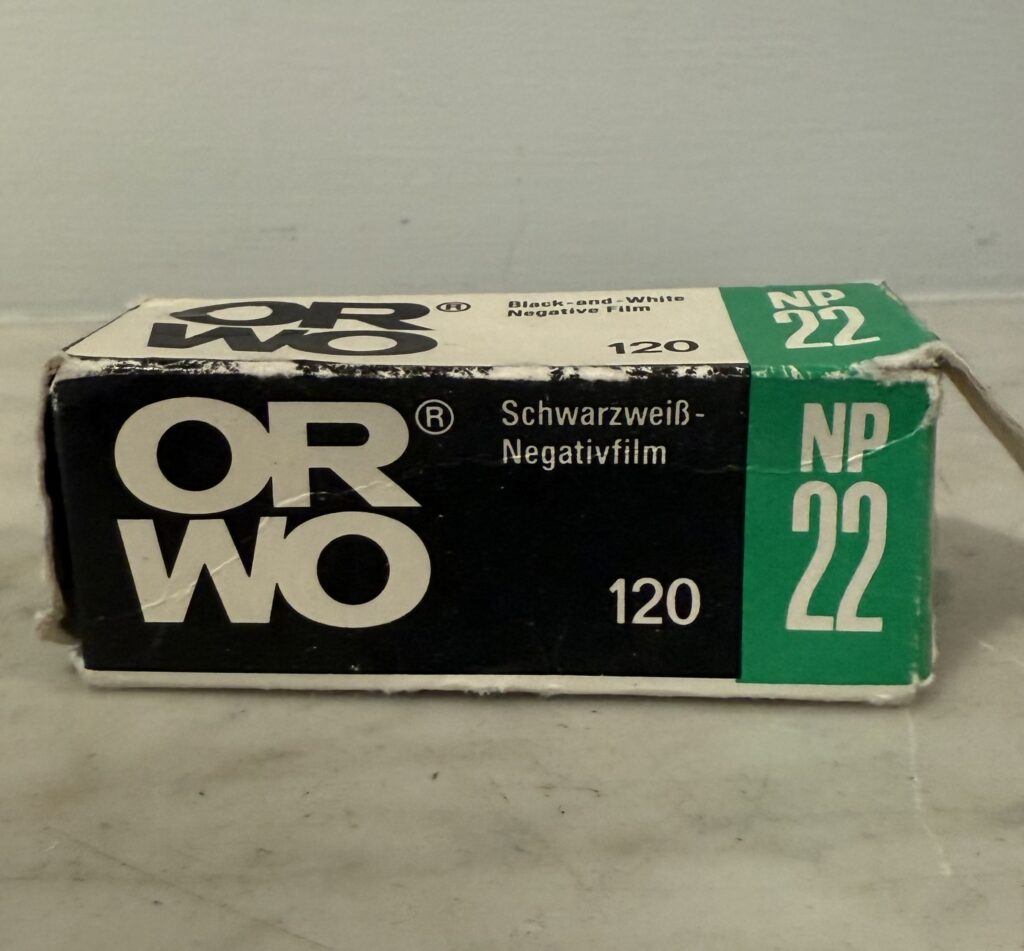
Although the young man wasn’t sure about the conditions in which this particular box had been stored, he had already shot several rolls from the same batch and felt sure I would get interesting results as long as I reduced the ISO by about 60% from box speed to account for a decrease in the film’s light sensitivity over three decades. Not having any similar rarities to offer, I reciprocated with a roll of Tri-X 400, which he was gracious enough to accept.
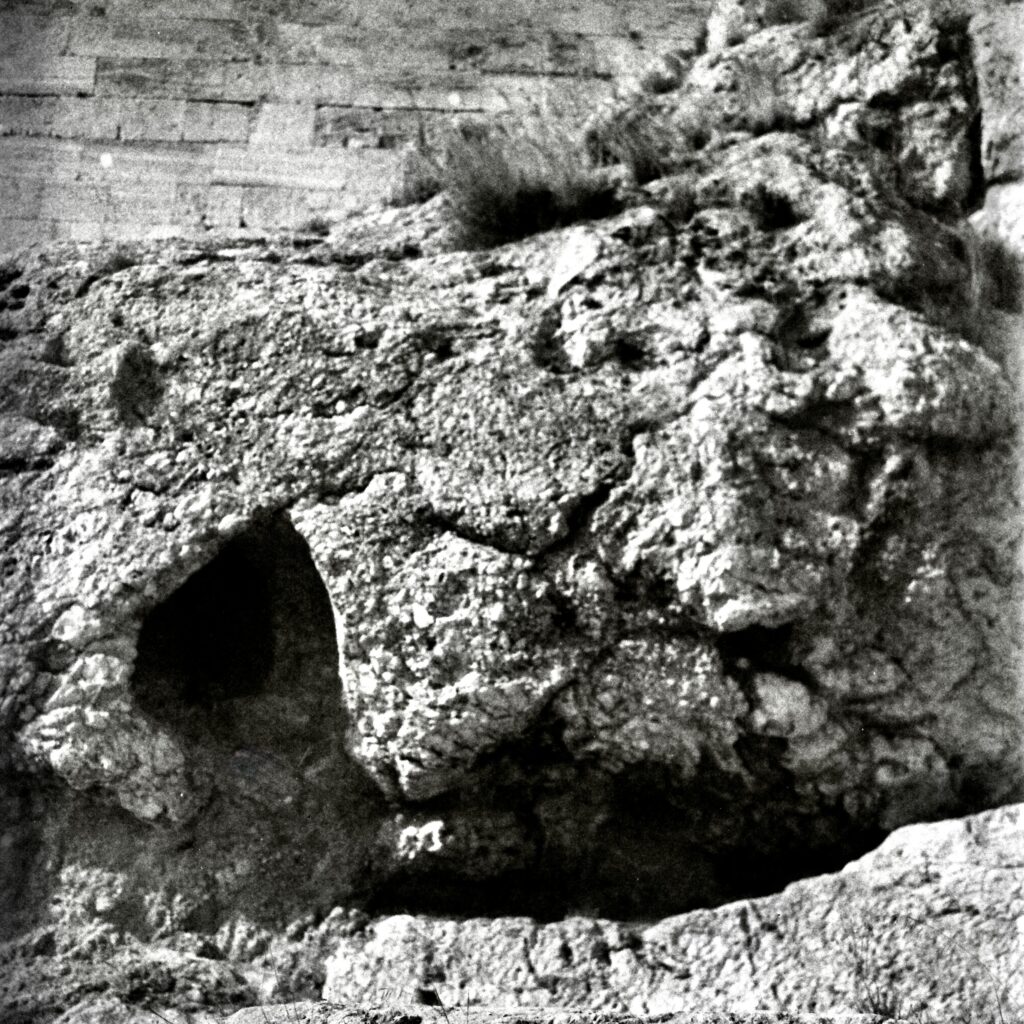
Although this chance meeting happened on Crete at the start of my trip, I resolved to wait till I arrived in Athens to use this film, saving it for the visit to the Acropolis that would mark the end of our holiday. This wasn’t my first time on that fabled promontory; on a previous visit, I shot Kodak Gold in 35mm format. Although those pictures turned out fine, they failed to convey the grandeur and — for me, as a New Yorker — the dizzying antiquity of the place. Seeking a more classic look, I determined to shoot black-and-white this time around, with an orange filter for drama, on my Rolleiflex 2.8F. Given the arrival of sunny weather, conditions seemed ideal for using this 34 year-old film.
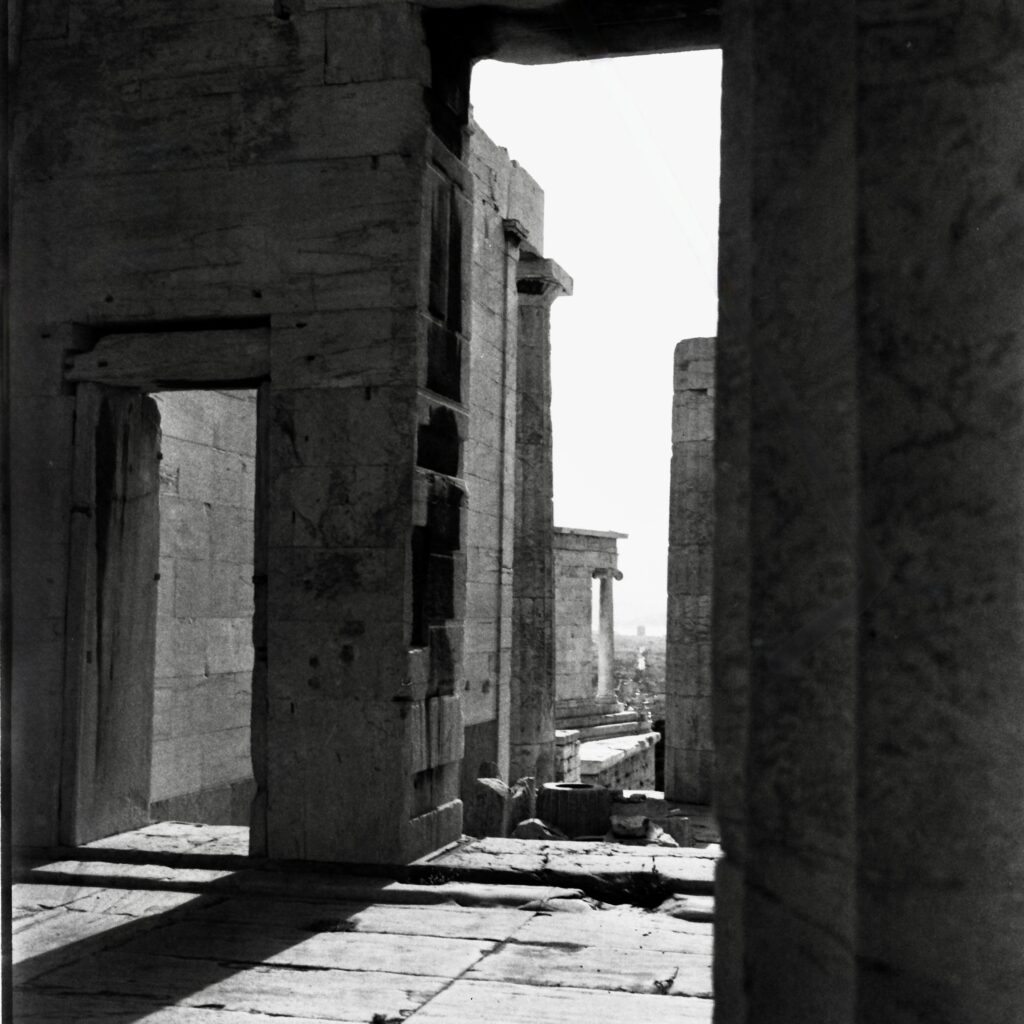
Loading the Orwo NP 22 presented no problems, though the salmon-pink backing paper — an incongruous design in an otherwise drab package — surprised me. The only hitch came after the last exposure as I was cranking the film onto the take-up spool. For a minute, the Rollei seemed to seize; the crank moved laboriously and was accompanied by grinding and what seemed like the sound of paper shredding. When I opened the camera to retrieve the film, however, all looked as it should. This mystery, which has not recurred, is beyond my capacity to explain; thankfully it didn’t seem to have any impact on the final images.
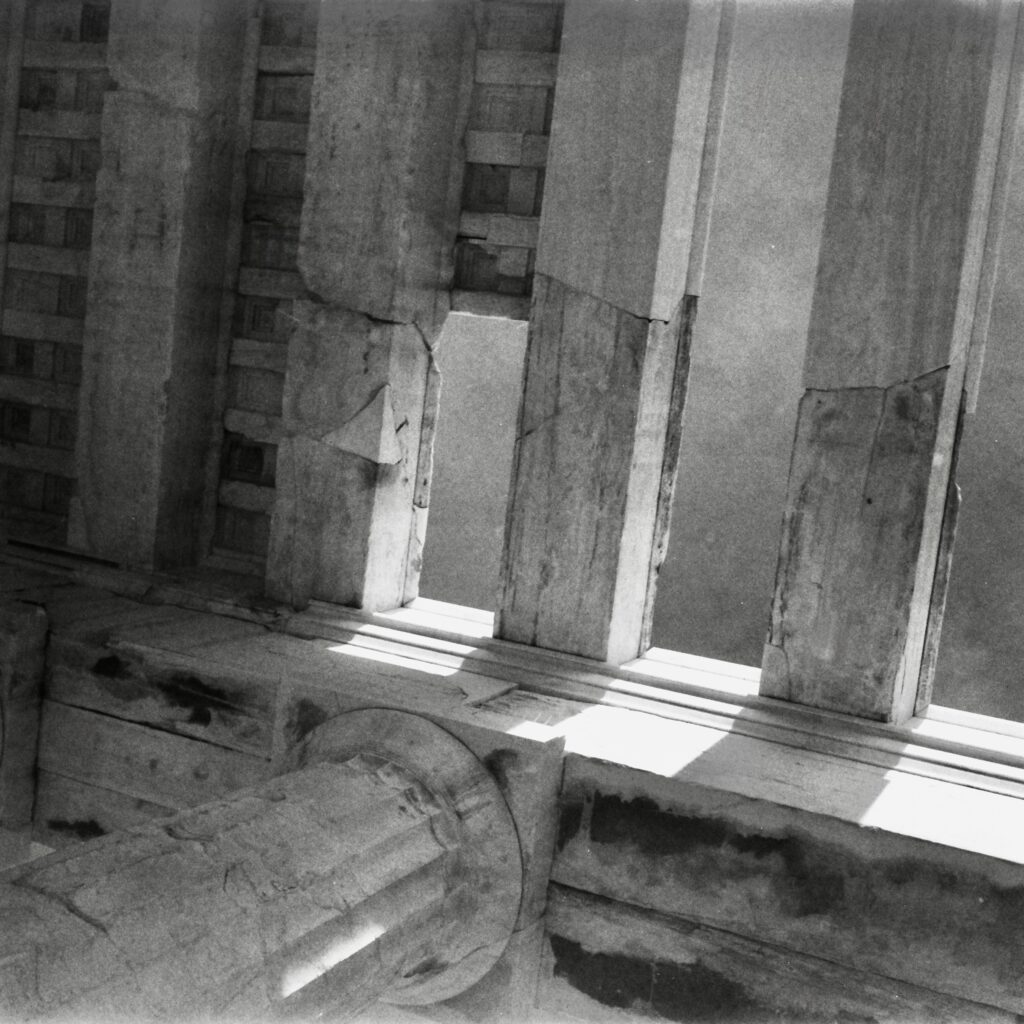
Although my benefactor suggested using Kodak Xtol to develop the film, as I don’t keep that developer in my darkroom I opted for Kodak HC-110 instead, choosing the “E” dilution as recommended by several authors online and the Massive Film Development Chart. Scanning the film later, I was very pleased with its performance. While the negatives are far from pristine — there are plenty of irregularities, mainly splotches, the largest of which I touched up in post — they give the photos an old-timey character that seemed unusually well suited to my subject matter. Although I also shot some Portra on the Acropolis with the Rollei, as seen below, I don’t think the images are nearly as soulful as those made from this antique roll of film.
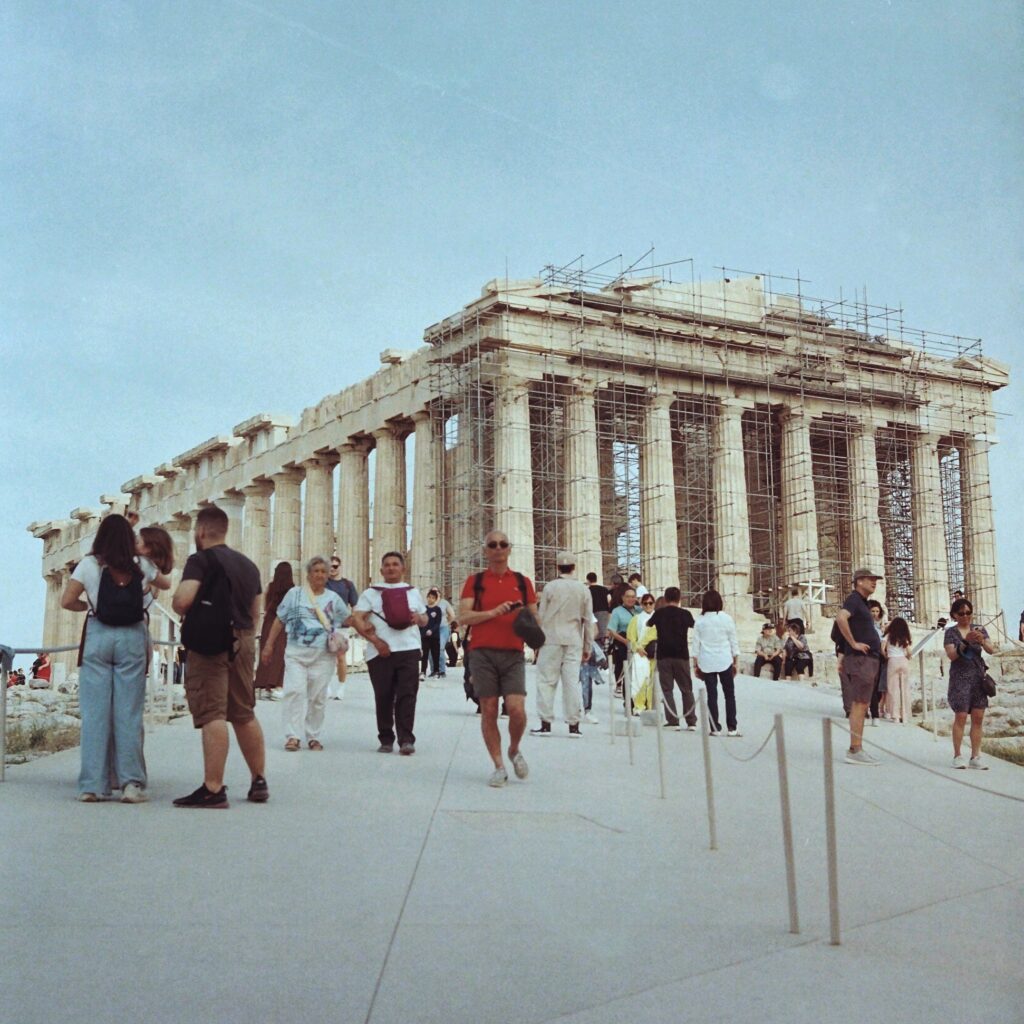
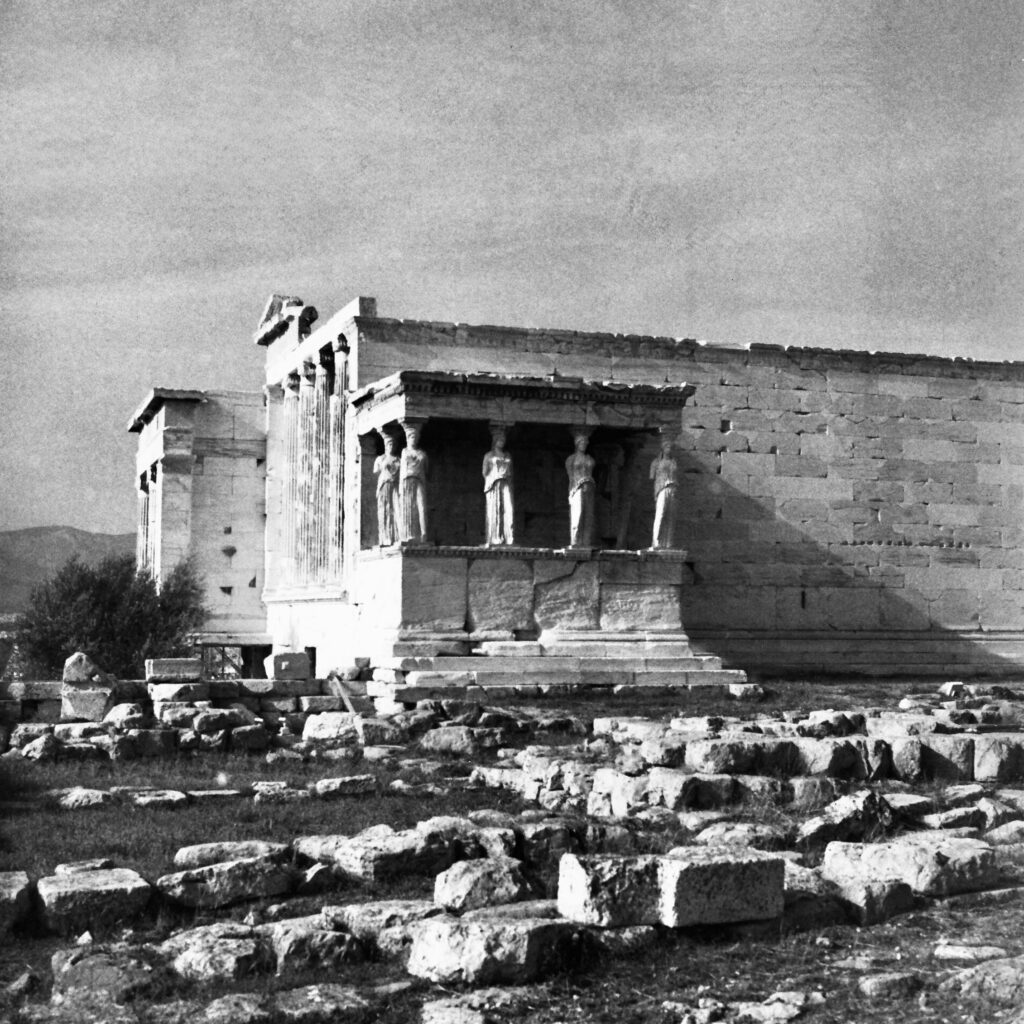
A special thank you to Ivelin Penchev, the Bulgarian photographer who gifted me this film. Ivelin is a leader in the film revival in his home city of Gobrovo; you can visit his website at radlabstudio.com.
Thank you for reading.
Share this post:
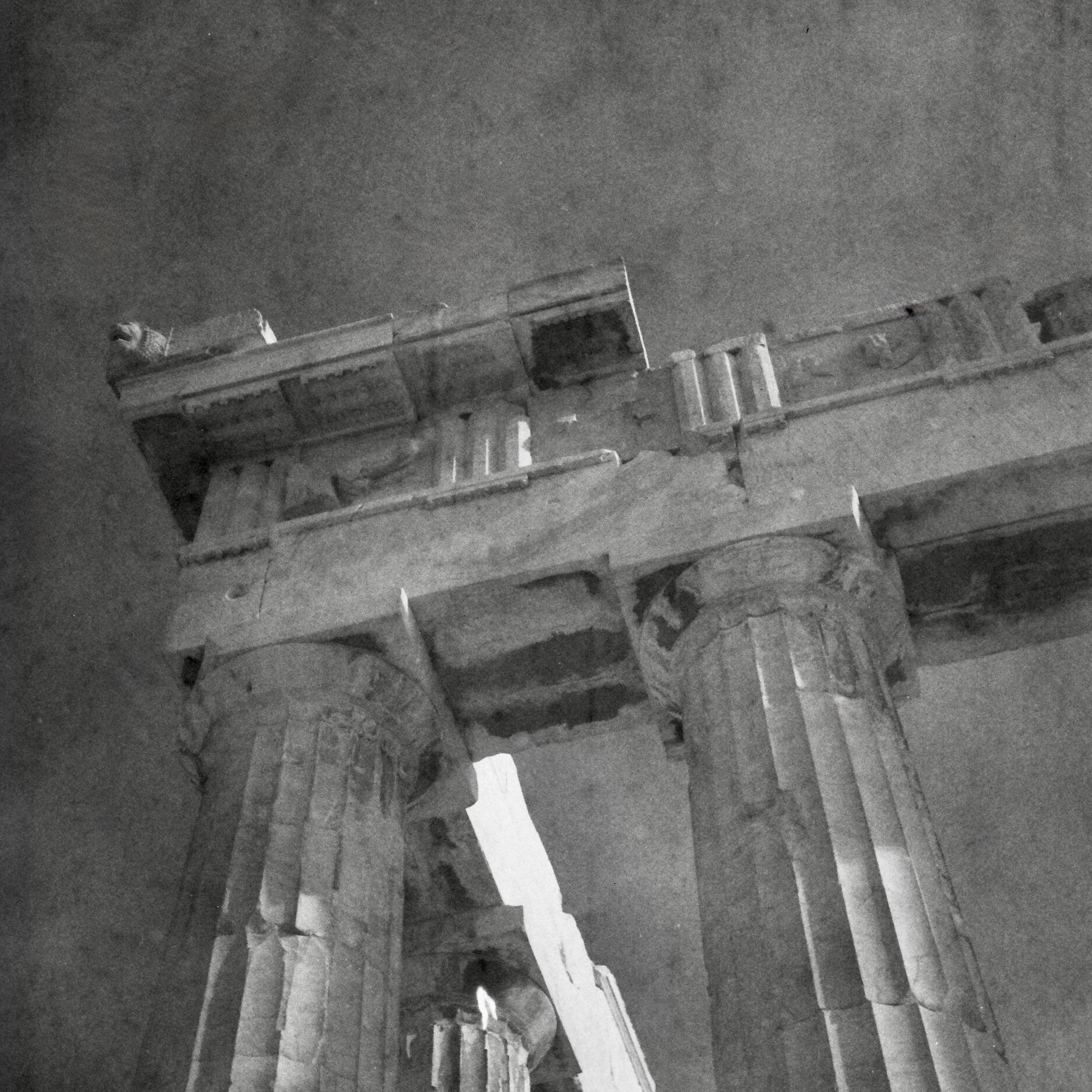








Comments
Ron Duda on Photographing the Acropolis with an Antique Roll of Film
Comment posted: 25/05/2025
Comment posted: 25/05/2025
Martin on Photographing the Acropolis with an Antique Roll of Film
Comment posted: 25/05/2025
Comment posted: 25/05/2025
Ibraar Hussain on Photographing the Acropolis with an Antique Roll of Film
Comment posted: 25/05/2025
Comment posted: 25/05/2025
Gary Smith on Photographing the Acropolis with an Antique Roll of Film
Comment posted: 25/05/2025
I'm not very adventurous with my film selections as when I'm shooting film I'm very conservative and it would annoy me to no end if the time spent on a shot was ruined by the film. It's bad enough when I ruin a shot all by myself.
Comment posted: 25/05/2025
Kodachromeguy on Photographing the Acropolis with an Antique Roll of Film
Comment posted: 26/05/2025
Comment posted: 26/05/2025
Geoff Chaplin on Photographing the Acropolis with an Antique Roll of Film
Comment posted: 26/05/2025
Comment posted: 26/05/2025
Scott Ferguson on Photographing the Acropolis with an Antique Roll of Film
Comment posted: 26/05/2025
Fascinating post. I like that you saved the long-expired film for the main attraction, and I think the results are very cool. Your shots of the Parthenon are great and feel like they could have been taken when Rolleiflexes first came onto the market as opposed to a month ago. It helps that you managed to avoid seeing people in modern dress (wondering how you did that on the shots of the caryatids) and agree that the color shot feels mundane by comparison. Speaking of mundane shots of the the Parthenon, I visited the Acropolis about 4 years ago to go to a Brian Eno concert. I wish I had been shooting with film cameras then, but will console myself with my iPhone photos and the memories of an amazing day capped off by an epic concert. Shooting expired East German film brings thoughts of what other nefarious activities they used that film for back in the era of Stasi and the surveillance state. When I first started shooting just about a year ago, I was pretty relaxed about shooting on all kinds of stocks whether it was Tri-X or Lomo of indeterminate age or something a little off the main road like Phoenix, but my early results were so mixed that part of my troubleshooting was to shoot only with newly purchased stocks of the major brands. After servicing the cameras and getting more experience, I've started to be more adventuresome and open to trying out a wider range of film stocks.
My latest 'project' was trying out as many b&w stocks as I could over the last couple of months, which is rolling out in a 3 part series here on 35mmc. I don't know if I'd actively seek out expired stocks at this point, but I'd probably be open to an experiment like yours if something as cool as a roll of Orwo fell into my hands.
Great stuff and I look forward to your next post(s).
s
Comment posted: 26/05/2025
Jeffery Luhn on Photographing the Acropolis with an Antique Roll of Film
Comment posted: 26/05/2025
The shot of the Athena Temple was my favorite. It could have been taken 80 years ago. How did you manage it without the crowds? I've been to the Acropolis several times and the crowds have gotten worse, plus the needed restoration projects with scaffolding everywhere kills the shot. It's such a remarkable monument so it's on everyone's list. You did a very good job capturing some good views! The only time I was there on a quiet day was on the day the world cup was being played!!! As for outdated film....You have more courage than me. Thanks for posting good pix with a TLR. I love my Rollei!!!
Comment posted: 26/05/2025
Alexander Seidler on Photographing the Acropolis with an Antique Roll of Film
Comment posted: 26/05/2025
Comment posted: 26/05/2025
Paul Quellin on Photographing the Acropolis with an Antique Roll of Film
Comment posted: 26/05/2025
Comment posted: 26/05/2025
Gordon Ownby on Photographing the Acropolis with an Antique Roll of Film
Comment posted: 26/07/2025
David Pauley on Photographing the Acropolis with an Antique Roll of Film
Comment posted: 26/07/2025
Gordon Ownby on Photographing the Acropolis with an Antique Roll of Film
Comment posted: 26/07/2025